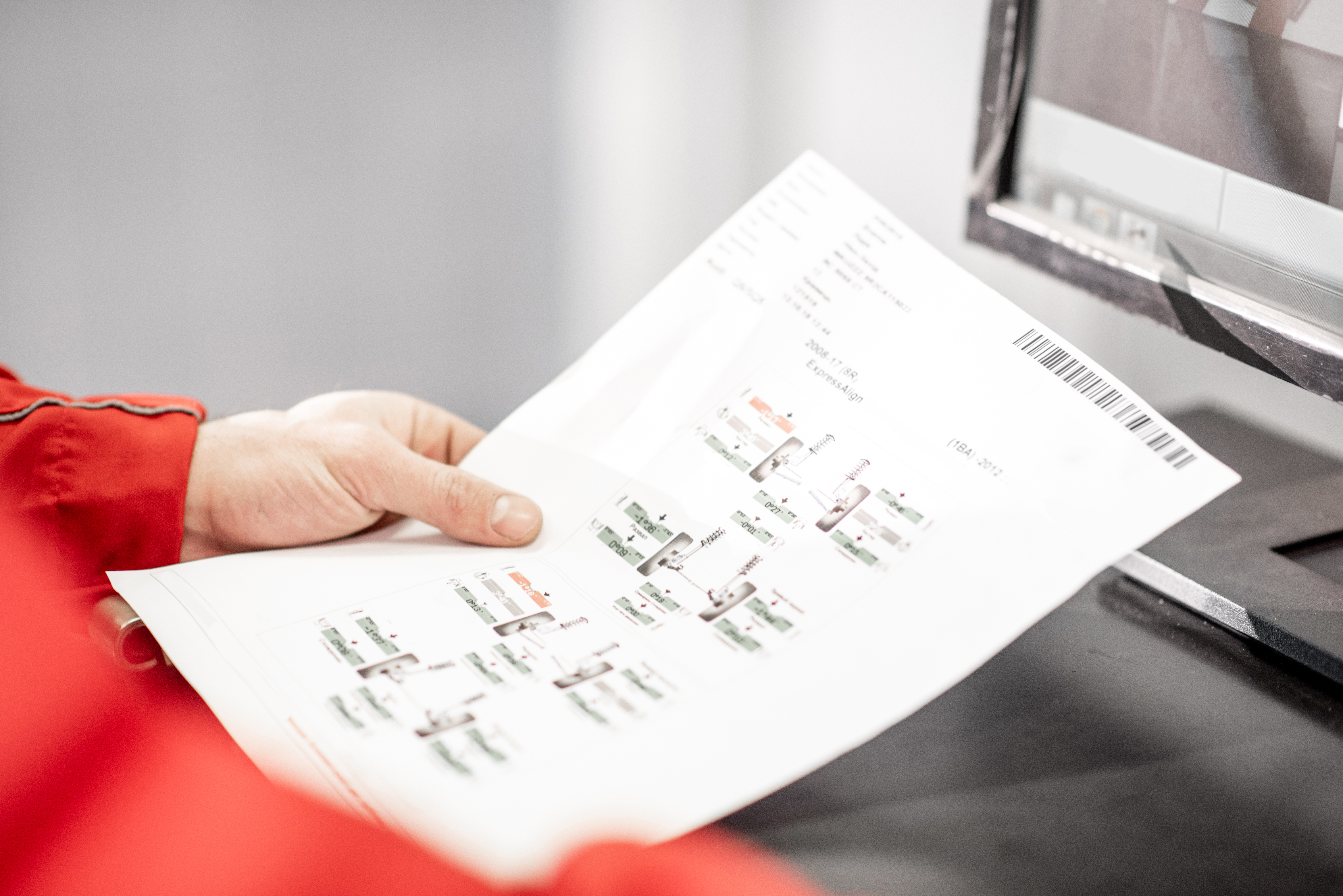New study reveals adaptive declines in leaf nitrogen under rising CO₂

A recent publication in Proceedings of the National Academy of Sciences (PNAS), titled “Observed declines in leaf nitrogen explained by photosynthetic acclimation to CO₂,” sheds new light on how forests are adapting to increasing atmospheric carbon dioxide. The study, authored by Maoya Bassiouni, Nicholas G. Smith, Jacqueline C. Reu, and Trevor F. Keenan, provides valuable insights into plant physiological responses that shape the future resilience of forest ecosystems.
Drawing on observations from 409 European forest plots over 22 years, the researchers found a consistent decline in leaf nitrogen concentration - approximately 4% for every 50 parts per million increase in atmospheric CO₂. Contrary to previous interpretations that such declines indicate nutrient limitation, this study reveals that they may instead reflect an adaptive photosynthetic response. Elevated CO₂ allows plants to operate more efficiently, requiring less nitrogen investment in leaves to sustain photosynthesis.
By integrating ecoevolutionary theory with extensive field data, the authors demonstrate that this physiological adjustment represents a natural optimisation process rather than a degradation of ecosystem function. Their findings suggest that forests may be capable of maintaining productivity under future CO₂ levels with lower nitrogen requirements than previously assumed.
This research has significant implications for modelling terrestrial carbon–nitrogen cycle interactions and for predicting how forests will continue to contribute to climate regulation. It aligns with the goals of the CONCERTO project, which aims to improve understanding of how ecosystem processes respond to environmental change and to support the development of robust, nature-based strategies for climate mitigation.